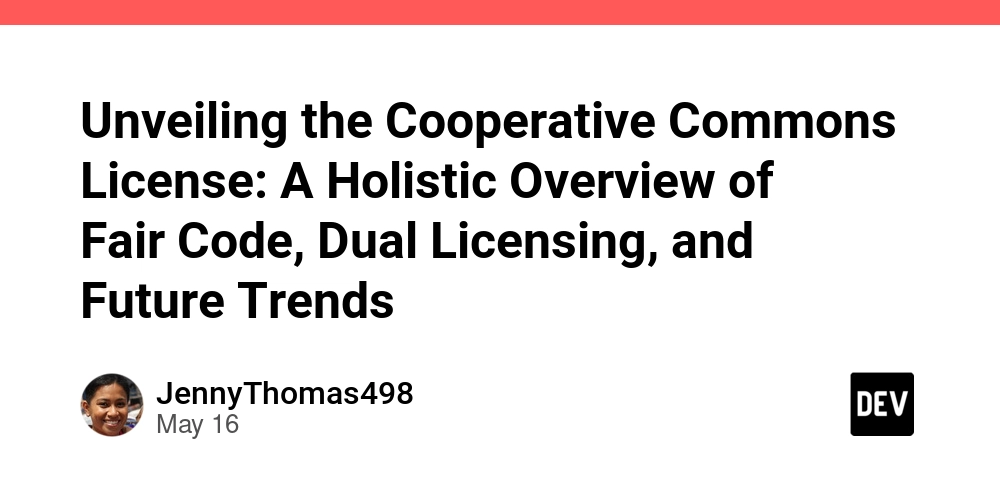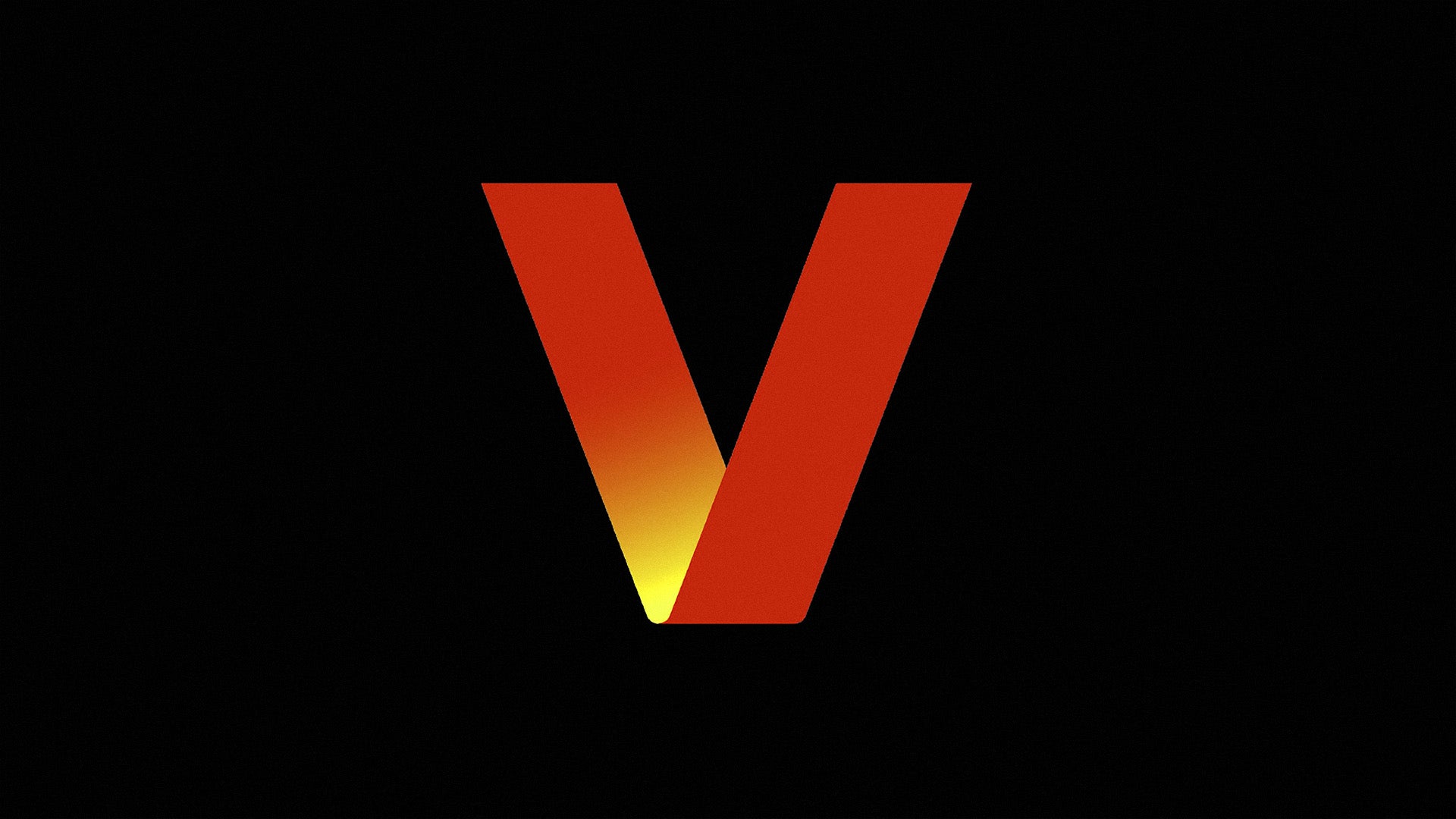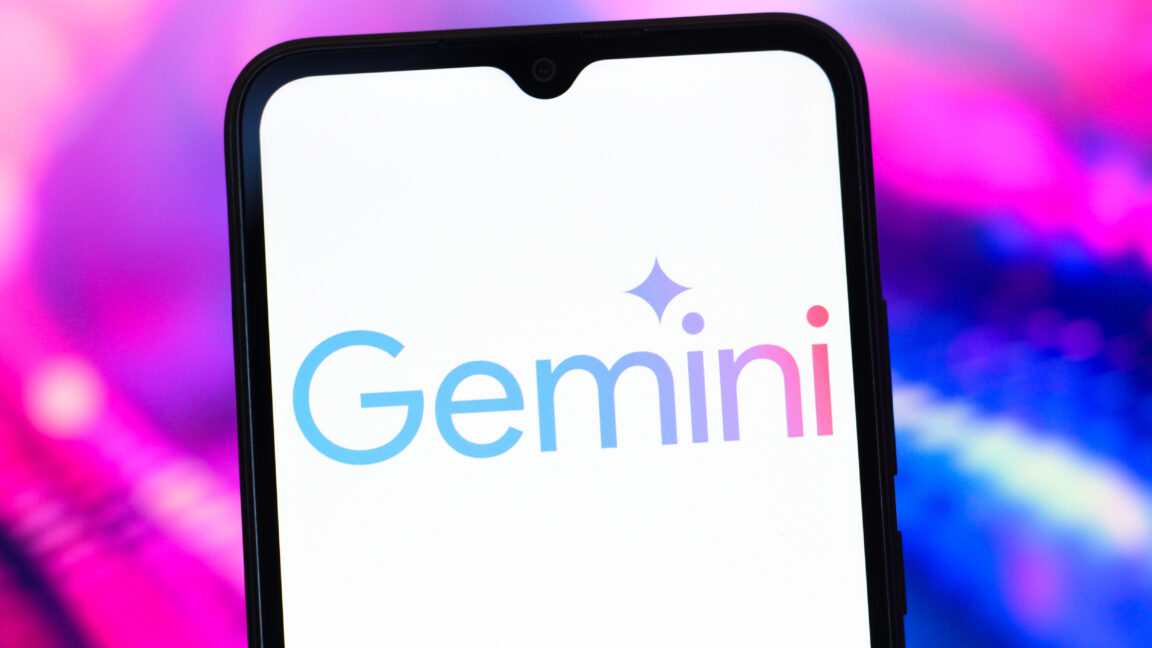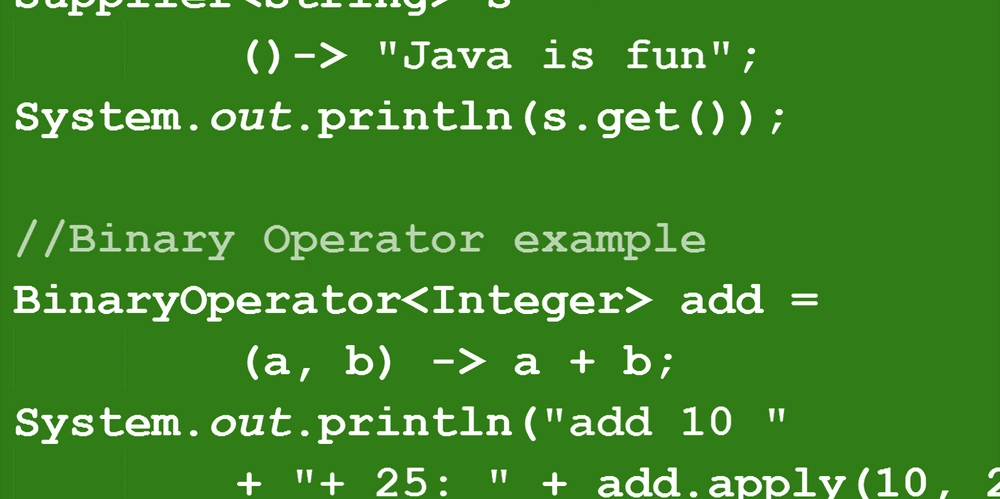Unveiling the Cooperative Commons License: A Holistic Overview of Fair Code, Dual Licensing, and Future Trends
Abstract: This blog post offers a comprehensive look into the Cooperative Commons License, a pioneering model in open source and fair code licensing. We begin with an overview of its historical context, core features, and benefits for developer compensation and community collaboration. Next, we discuss its applications and use cases across various industries, analyze the challenges and technical limitations associated with its adoption, and conclude with future outlooks and innovations in licensing models. Along the way, we compare it with traditional licenses such as MIT, GNU GPL, and Apache 2.0, and introduce concepts like dual licensing and blockchain integration that promise to redefine open source funding models. Introduction In today's dynamic software ecosystem, licenses play a crucial role in protecting intellectual property while fostering innovation and community engagement. The Cooperative Commons License leads the charge for modern, fair code licensing by balancing open collaboration with the need for fair compensation to developers. With increased challenges of exploitation and growing commercial pressures on free and open source software (FOSS) communities, understanding this innovative license is essential for technology professionals, project managers, and legal experts alike. This post builds upon the Original Article and extends its insights to provide a holistic view, embedding additional context, tables, bullet lists, and helpful links. In doing so, we ensure clarity for both human readers and search engine crawlers. Background and Context The evolution of software licensing has witnessed an increasing need to balance the principles of free code with equitable financial rewards for creators. Traditional licenses like the MIT License and the GNU GPL focus on keeping code open. However, they fall short when it comes to compensating contributors for commercial exploits. The Cooperative Commons License emerged in response to these challenges. Its design addresses: Developer Compensation: Provisions ensure contributors receive fair rewards. Transparency: Clear guidelines minimize legal gray areas. Dual Licensing Flexibility: Allows projects to maintain an open source base while negotiating separate commercial terms. Historically, this license was born from community debates and reflected real-world gaps in traditional licensing approaches. The idea of combining fair compensation with the ethos of openness is not entirely new but has been refined significantly in recent years. There is growing interest in integrating blockchain technology into these licenses to track usage and enforce revenue sharing, as seen in innovative models like the OCTL. Core Concepts and Features The Cooperative Commons License centers around several core features that distinguish it from traditional licensing models: 1. Fair Compensation Mechanisms Revenue Sharing Models: Detailed clauses obligate commercial users to share profits with original contributors. Dual Licensing Options: Projects can offer both an open source version for community use and separate commercial licenses for enterprise deployments. Protection Against Exploitation: The license discourages unilateral profit extraction without adequate compensation, ensuring fair treatment of all contributors. 2. Transparency and Legal Clarity Clear Legal Provisions: By outlining explicit rules for revenue sharing and contribution guidelines, the license reduces ambiguities. Public Repositories and Community Reviews: Iterative public feedback on platforms like GitHub fortifies the legal integrity of the license. Comparative Framework: When contrasted with licenses such as Apache 2.0 and the permissive BSD 3-Clause, its structured approach to fairness stands out. 3. Dual Licensing System Seamless Community & Commercial Use: By permitting projects to pursue alternative commercial licensing options, it strikes a balance between open collaboration and revenue generation. Legal and Administrative Oversight: Although dual licensing introduces complexity, it offers a pathway for projects to secure funding without compromising open source values. 4. Future-Proofing with Emerging Technologies Blockchain Integration Potential: Discussions on integrating blockchain for tracking usage and enforcing compensation, similar to innovations seen in the OCTL Whitepaper, enhance transparency. Adaptive Governance Models: The license’s open review process, utilizing community forums like Hacker News and Stack Overflow, ensures it remains relevant amid evolving technologies. License Comparison Table Below is a comparison table that highlights key aspects of the Cooperative Commons License alongside other prevalent licenses: License Compensation Mechanism Transparency Flexibility Dual Licensing Core Philosophy Cooperative Commons License Detaile

Abstract:
This blog post offers a comprehensive look into the Cooperative Commons License, a pioneering model in open source and fair code licensing. We begin with an overview of its historical context, core features, and benefits for developer compensation and community collaboration. Next, we discuss its applications and use cases across various industries, analyze the challenges and technical limitations associated with its adoption, and conclude with future outlooks and innovations in licensing models. Along the way, we compare it with traditional licenses such as MIT, GNU GPL, and Apache 2.0, and introduce concepts like dual licensing and blockchain integration that promise to redefine open source funding models.
Introduction
In today's dynamic software ecosystem, licenses play a crucial role in protecting intellectual property while fostering innovation and community engagement. The Cooperative Commons License leads the charge for modern, fair code licensing by balancing open collaboration with the need for fair compensation to developers. With increased challenges of exploitation and growing commercial pressures on free and open source software (FOSS) communities, understanding this innovative license is essential for technology professionals, project managers, and legal experts alike.
This post builds upon the Original Article and extends its insights to provide a holistic view, embedding additional context, tables, bullet lists, and helpful links. In doing so, we ensure clarity for both human readers and search engine crawlers.
Background and Context
The evolution of software licensing has witnessed an increasing need to balance the principles of free code with equitable financial rewards for creators. Traditional licenses like the MIT License and the GNU GPL focus on keeping code open. However, they fall short when it comes to compensating contributors for commercial exploits.
The Cooperative Commons License emerged in response to these challenges. Its design addresses:
- Developer Compensation: Provisions ensure contributors receive fair rewards.
- Transparency: Clear guidelines minimize legal gray areas.
- Dual Licensing Flexibility: Allows projects to maintain an open source base while negotiating separate commercial terms.
Historically, this license was born from community debates and reflected real-world gaps in traditional licensing approaches. The idea of combining fair compensation with the ethos of openness is not entirely new but has been refined significantly in recent years. There is growing interest in integrating blockchain technology into these licenses to track usage and enforce revenue sharing, as seen in innovative models like the OCTL.
Core Concepts and Features
The Cooperative Commons License centers around several core features that distinguish it from traditional licensing models:
1. Fair Compensation Mechanisms
- Revenue Sharing Models: Detailed clauses obligate commercial users to share profits with original contributors.
- Dual Licensing Options: Projects can offer both an open source version for community use and separate commercial licenses for enterprise deployments.
- Protection Against Exploitation: The license discourages unilateral profit extraction without adequate compensation, ensuring fair treatment of all contributors.
2. Transparency and Legal Clarity
- Clear Legal Provisions: By outlining explicit rules for revenue sharing and contribution guidelines, the license reduces ambiguities.
- Public Repositories and Community Reviews: Iterative public feedback on platforms like GitHub fortifies the legal integrity of the license.
- Comparative Framework: When contrasted with licenses such as Apache 2.0 and the permissive BSD 3-Clause, its structured approach to fairness stands out.
3. Dual Licensing System
- Seamless Community & Commercial Use: By permitting projects to pursue alternative commercial licensing options, it strikes a balance between open collaboration and revenue generation.
- Legal and Administrative Oversight: Although dual licensing introduces complexity, it offers a pathway for projects to secure funding without compromising open source values.
4. Future-Proofing with Emerging Technologies
- Blockchain Integration Potential: Discussions on integrating blockchain for tracking usage and enforcing compensation, similar to innovations seen in the OCTL Whitepaper, enhance transparency.
- Adaptive Governance Models: The license’s open review process, utilizing community forums like Hacker News and Stack Overflow, ensures it remains relevant amid evolving technologies.
License Comparison Table
Below is a comparison table that highlights key aspects of the Cooperative Commons License alongside other prevalent licenses:
| License | Compensation Mechanism | Transparency | Flexibility | Dual Licensing | Core Philosophy |
|---|---|---|---|---|---|
| Cooperative Commons License | Detailed revenue-sharing and fair compensation models | High – clear terms and open documentation | Moderate – balanced approach with community safeguards | Yes – supports commercial dual licensing | Fair compensation with community collaboration |
| MIT License | No built-in compensation; external donations required | Very high – simple and minimal text | Very high – permissive and broadly applicable | Rarely applicable | Minimal restrictions, free reuse |
| GNU GPL | No direct revenue sharing; enforces sharing of derivatives | Moderate – legal density can be challenging | Low – strict copyleft requirements | Typically exclusive | Strong copyleft for derivative works |
| Apache 2.0 | No inherent compensation; relies on community goodwill | High – explicit legal framework | High – flexible with patent provisions | Rarely supports dual licensing | Permissive with some patent safeguards |
| OCTL | Innovative blockchain-based compensation mechanisms | High – leveraging blockchain transparency | Moderate – aimed at bridging open and commercial realms | Yes – designed for diverse commercial applications | Preventing exploitation via enforced compensation |
Applications and Use Cases
The Cooperative Commons License has been embraced by a diverse spectrum of projects, proving its practical value in real-world settings. Below are a few practical examples:
- Web Application Frameworks: Projects have found success in using this license to protect community contributions while negotiating fair revenue sharing with commercial partners. Such frameworks benefit from the dual licensing model, ensuring ongoing development and innovation.
- Health Technology Platforms: In the health tech domain, protecting sensitive code and ensuring that contribution-based innovations receive due credit and compensation is crucial. Here, the balance between open collaboration, as seen in platforms discussed on OSI Licenses, and commercial interests is paramount.
- Data Analytics and Cloud Services: Organizations leveraging cloud infrastructures and data analytics have adopted this license to navigate the complexities of integrating community-driven innovation with monetization strategies. Using clear contributor guidelines and legal transparency encourages robust collaboration and community trust.
Bullet List of Benefits:
- Enhanced Developer Trust: Fair compensation drives higher participation and retention.
- Robust Community Governance: Transparency via open reviews reduces legal disputes.
- Sustainable Revenue Models: Dual licensing paves the way for innovative funding strategies.
- Legal Assurance: Clear contractual terms help avoid exploitation and misuse of community intellectual property.
Challenges and Limitations
Despite the promising benefits of the Cooperative Commons License, it comes with its set of challenges:
-
Complexity in Legal Provisions:
- The detailed clauses regarding revenue sharing and dual licensing might be seen as too intricate compared to simpler licenses like MIT.
- Enforcement against large commercial entities requires significant legal resources, a challenge frequently discussed on Stack Overflow Q&A.
-
License Compatibility Issues:
- Mixing code from different licenses can lead to compatibility concerns, particularly when integrating with licenses such as GNU GPL or Apache 2.0.
- The potential dual licensing model may clash with the traditional single-license framework adopted by many communities.
-
Enforcement and Monitoring Challenges:
- Tracking commercial exploitation on a massive scale is complex, and without robust enforcement mechanisms, compensation clauses might be neglected.
- There is a risk that companies could legally bypass some provisions, leading to under-compensation of community contributors.
-
Administrative Overhead:
- Dual licensing, while innovative, requires continuous legal oversight and thorough contribution management. This added bureaucracy can be a barrier for smaller projects or startups.
Future Outlook and Innovations
Looking ahead, several trends could shape the further evolution of the Cooperative Commons License and its ecosystem:
Embracing Blockchain and Smart Contracts
- Enhanced Tracking Mechanisms: Future iterations may incorporate smart contracts to automatically track usage and enforce revenue sharing. This integration is discussed in detail in the OCTL Whitepaper.
- Increased Transparency: Blockchain could offer immutable audit trails, building trust among developers and commercial partners alike.
Adaptive Legal Governance
- Community-Driven Revisions: As the digital economy evolves, periodic updates driven by community feedback will be critical. Open forums like Hacker News and Reddit continue to influence how licenses adapt.
- Simplification of Legal Text: Striking a balance between legal complexity and practical usability is crucial. Future versions may aim for more streamlined language while preserving core fairness points.
Expanding Dual Licensing Models
- Hybrid Funding Models: As more projects explore dual licensing, innovative business models blending open source contributions with proprietary monetization will emerge.
- Collaboration with Institutional Backers: Partnerships with corporate sponsors and venture funds could lead to structured frameworks that support open source sustainability without compromising developer equity.
Integration with Open Source Funding Platforms
- Sponsorship and Grants: The rise of platforms like GitHub Sponsors and alternative funding models such as license-token’s initiatives are likely to complement dual licensing strategies.
- Incentivized Contributions: Future trends may see the use of digital tokens and NFTs to incentivize contributions, rewarding developers in a transparent and automated manner.
Additional Insight from Dev.to:
For further exploration on evolving open source funding models, check out License Token: A New Paradigm for OSS Sustainability and Navigating Blockchain Project Funding Challenges.
Summary
The Cooperative Commons License represents a forward-looking shift in open source licensing. By integrating fair compensation measures, dual licensing flexibility, and robust transparency, it addresses long-standing criticisms of traditional licenses. Although challenges like legal complexity and enforcement remain, the model’s potential to drive sustainable innovation is clear.
Key takeaways include:
- Fair Compensation and Revenue Sharing: Ensures that commercial success is shared with community contributors.
- Transparency and Legal Clarity: Offers clear rules and public review processes that foster trust.
- Dual Licensing Opportunities: Opens avenues for projects to secure funding while keeping the core code open and driven by community innovation.
- Future Readiness: With emerging blockchain integrations and adaptive governance, this license is well-positioned to evolve with technological trends.
For those seeking detailed insights, the Original Article remains an essential resource on this topic. By continually engaging with community discussions and exploring related models, developers and organizations can choose the most effective licensing strategy to support innovation and equity.
Further Reading and Resources
- OS Open Source Licenses – A comprehensive guide on different open source licenses.
- GNU GPL – More insights on the GNU General Public License.
- Apache License 2.0 Overview – Details on one of the most widely used licenses.
- GitHub License Usage Landscape – Trends and statistics on license adoption.
- License Token Innovative Licensing for Open Source – Explore alternative licensing models.
- Navigating Blockchain Project Funding Challenges – An insightful Dev.to post on project funding.
Other related lines of inquiry include exploring open source sponsorship programs, the impact of blockchain on digital rights management, and community-driven innovation models. By engaging with these resources, stakeholders can better navigate the shifting landscape of software development and licensing.
In conclusion, the Cooperative Commons License provides a robust framework for addressing modern challenges in open source development. Its blend of fairness, innovation, and flexibility paves the way for a future where both community collaboration and commercial interests thrive together. As the industry evolves, continuous dialogue and adaptation of licensing approaches will be key to ensuring sustainable and equitable innovation for all.
Happy coding and may your projects flourish under fair and transparent licensing!




























![Apple Pay, Apple Card, Wallet and Apple Cash Currently Experiencing Service Issues [Update: Fixed]](https://images.macrumors.com/t/RQPLZ_3_iMyj3evjsWnMLVwPdyA=/1600x/article-new/2023/11/apple-pay-feature-dynamic-island.jpg)












































![iPhone 17 Air Could Get a Boost From TDK's New Silicon Battery Tech [Report]](https://www.iclarified.com/images/news/97344/97344/97344-640.jpg)
![Vision Pro Owners Say They Regret $3,500 Purchase [WSJ]](https://www.iclarified.com/images/news/97347/97347/97347-640.jpg)
![Apple Showcases 'Magnifier on Mac' and 'Music Haptics' Accessibility Features [Video]](https://www.iclarified.com/images/news/97343/97343/97343-640.jpg)
![Sony WH-1000XM6 Unveiled With Smarter Noise Canceling and Studio-Tuned Sound [Video]](https://www.iclarified.com/images/news/97341/97341/97341-640.jpg)




































































































































































































































![[The AI Show Episode 147]: OpenAI Abandons For-Profit Plan, AI College Cheating Epidemic, Apple Says AI Will Replace Search Engines & HubSpot’s AI-First Scorecard](https://www.marketingaiinstitute.com/hubfs/ep%20147%20cover.png)
























![How to Enable Remote Access on Windows 10 [Allow RDP]](https://bigdataanalyticsnews.com/wp-content/uploads/2025/05/remote-access-windows.jpg)






























































































































































-Marathon-Gameplay-Overview-Trailer-00-04-50.png?width=1920&height=1920&fit=bounds&quality=70&format=jpg&auto=webp#)










































































